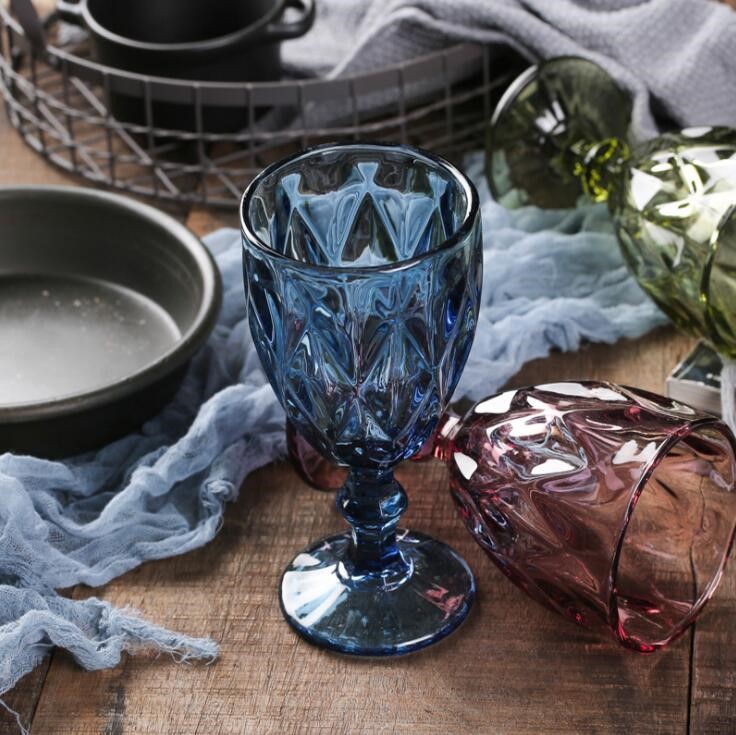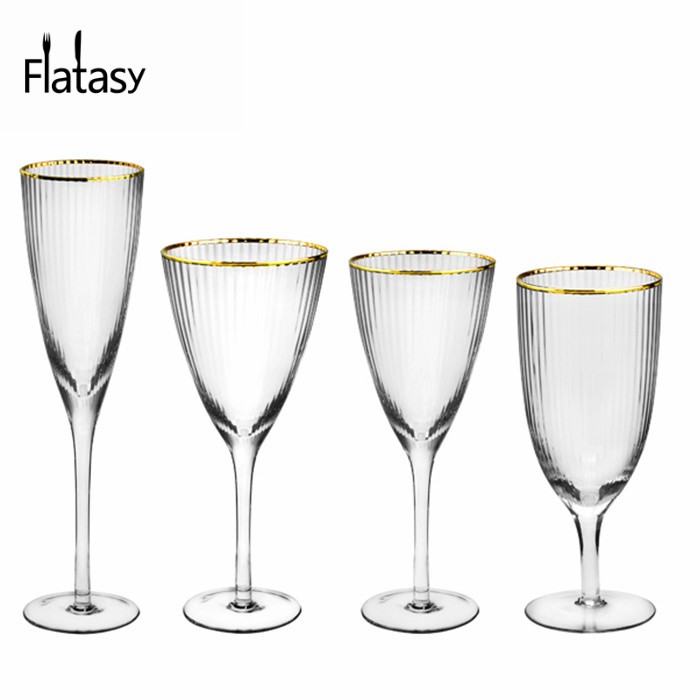Elevating the wine-drinking experience goes beyond selecting the finest bottles. Did you know that the type of wine glass you use can significantly enhance the tasting experience? Just as one size does not fit all, different wine varietals benefit from specific glass shapes and designs. In this article, we will explore the art of wine glassware and understand why using the right glass for each wine can truly elevate your enjoyment.
The Power of Shape:
Wineglass shape isn't just a matter of aesthetics; it plays a crucial role in enhancing the flavor, aroma, and overall presentation of each wine. The three essential components of a wine glass are the bowl, the stem, and the base. They work together to optimize the drinking experience by letting the wine breathe and directing its aromas to the nose.
Red Wine and Its Ideal Glassware:
Red wines, with their complexity and bold flavors, require a generous-sized glass with a wide, round bowl to encourage oxidation. The wide opening allows aromas to be released, while the round shape maintains adequate surface area for swirling and appreciating the wine's color. Examples of appropriate glassware for red wine include the Bordeaux glass, Burgundy glass, and the universal red wine glass.

White Wine and Its Ideal Glassware:
The elegant and delicate nature of white wine requires a different style of glassware. White wine glasses tend to have a slightly smaller, narrower bowl to preserve the wine's crispness and serve it at a cooler temperature. Popular white wine glasses include the Chardonnay glass, Sauvignon Blanc glass, and the universal white wine glass.
Sparkling Wine and Champagne Glassware:
To truly celebrate the effervescence of sparkling wines and Champagne, flute or tulip-shaped glasses are the way to go. These glasses help to retain the bubbles and concentrate the aromas towards the drinker's nose, enhancing the experience. Champagne flutes and tulip glasses are the classic choices for sparkling wine lovers.

Dessert Wine and Fortified Wine Glassware:
Sweet dessert wines and fortified wines often have higher alcohol content and more intense flavors. These wines are best enjoyed in small, specialized glassware. The smaller glass size helps to emphasize the concentrated flavors and aromas, allowing the drinker to savor the richness of these wines. Examples of glassware suited for dessert and fortified wines include the port glass, sherry glass, and the small tulip glass.
The Universal Wine Glass Option:
For those who prefer simplicity and versatility, there's always the option of using a universal wine glass. These glasses strike a balance between red and white wine glass shapes and can accommodate a range of wine styles. While they may not offer the same level of optimization as varietal-specific glassware, universal wine glasses are a practical choice for everyday use.
Next time you raise a glass of wine, take a moment to consider the vessel you're using. Each varietal has its own unique characteristics, and the right glassware can accentuate those qualities, elevating your tasting experience to new heights. By understanding the importance of different wine glassware, you can unlock a world of flavors and aromas, enhancing your enjoyment and appreciation for every drop. Cheers to the art of wine and the glassware that complements it!
Post time: Nov-22-2023




